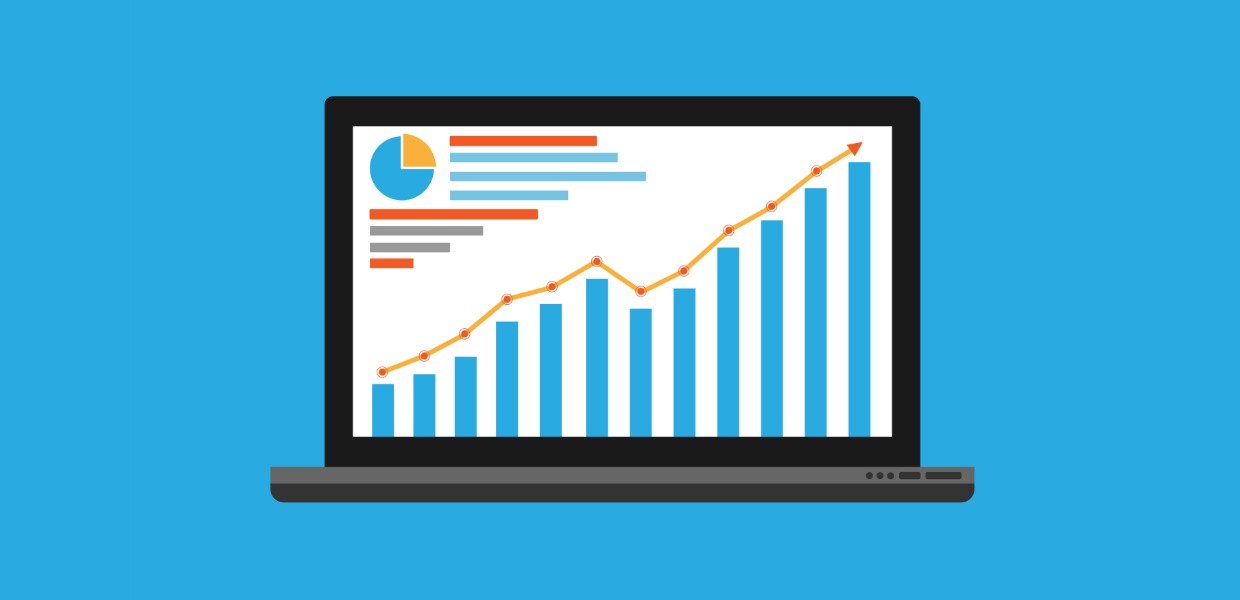


If your dashboard shows that customers using your app spend more than customers who don’t use the app, it’s really easy to let a great visualization convince you that the app is the cause of the increased spending. But often, people look at the dashboard and think that the groupings are necessarily the cause of the outcomes. These might be reasonable and accurate and objective things to portray, and they might be empirically correct. One of the biggest dangers with dashboards, that you see people do all the time, is taking some important business outcome and dividing it up by group, like “revenue by channel, by customer type, by sex, by race, by state,” whatever. Shapiro: Be careful what you choose to show because your audience will assume the visualized data trumps the non-visualized data in terms of importance. So what should analysts keep in mind when depicting information visually? Finally the object moves again, with both time and position changing.Ī visualization is not a 50-millisecond view, where you look at it and you understand what’s happening. (We don’t know in what direction it’s moving.) Then the object is still: time continues moving along, but position is not changing. So for this graph, the object starts off moving, because time is changing, and so is position. You have to inspect them slowly over time. Graphs are not like pictures that you can process in a split second.

It’s using the part of your brain that is designed for seeing and understanding the world outside. That’s treating the graph like a picture from a camera. Many people say that it shows a person walking up and down a hill. KI: The object rises, and then assumes a steady altitude, before dropping.įranconeri: Okay, don’t feel bad at all, because my instinct is to say the same thing.


 0 kommentar(er)
0 kommentar(er)
